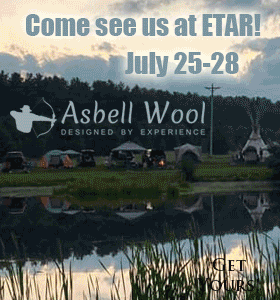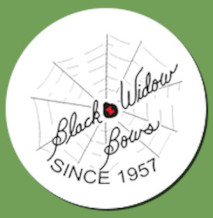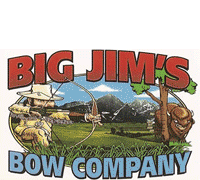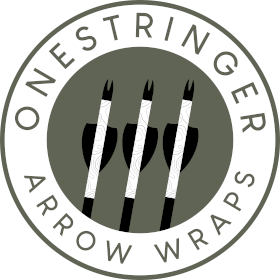Unfortunately, as this point it's more harm than good.
This press release was recently issued by Michigan State University, among the most preeminent schools on the subject matter, if not the #1 university on the subject matter...
http://msue.anr.msu.edu/news/supplemental_deer_feeding Supplemental deer feeding
With a colder and snowier than usual winter upon us, supplemental winter feeding of deer has been argued by some. However, its effectiveness is not supported by science nor encouraged by professional wildlife biologists.
Posted on January 27, 2014 by Bill Cook, Michigan State University Extension
Supplemental winter feeding of white-tailed deer offers no benefit to the size or health of deer herds on the landscape scale. Research has shown this to be true across the northern tier of states from Maine to Montana. Repeatedly. For decades.
It is costly. It is ineffective. There are risks of unintended damage to the herd, non-target species and the habitat. It does not increase quality hunting.
Deer feeding is controversial, as is most everything surrounding this wildly popular game species. However, the science is not.
State wildlife management agencies discourage supplemental feeding. Public funds are not typically used because it has been made clear that it is a poor use of money and is counter-productive. The Wildlife Society, the professional group for wildlife biologists, has a position statement that discourages supplemental feeding.
So why does the cry to feed deer during harsher winters occur as regularly as taxes? Maybe it is as simple as well-intentioned people wanting to “do something”. Or, some people just like seeing deer in their backyard. And, on the local level, a well-designed program might pull a few more deer through the winter.
Severe winters will kill deer and there is nothing that can be done about it. This is true for many species of wildlife. That is the way of nature and nature is not particularly pretty.
In addition to being ineffective, there are many downsides of supplemental feeding of deer. The wrong choice of feed can kill deer. Deer can starve to death with a full belly. The possibility of disease transmission increases. The most vulnerable are the least likely to benefit. Migration patterns may be disrupted. Social patterns among maternal groups may become dysfunctional. Feeding areas can attract predators and other, less desirable, species. Attempts to push deer populations beyond winter carrying capacity can lead to long-term habitat damage. Car-deer crashes may increase. Deer trail networks can deteriorate if left unused due to attraction to feeding stations.
The list goes on.
Deer herds are spread across the landscape. Access points for feeding are relatively few. Most of the herd will not discover the supplemental feeding areas, especially those deer that live further away from roads.
Deer are not friendly-feeders. While many deer may be attracted to feeding sites, the weaker deer will be excluded by the stronger deer, unless there’s an unlimited amount of food. And, most of the stronger deer will survive regardless of supplemental feeding. So, feeding may actually result in higher mortality levels than no feeding.
Once a nutritious deer feeding program begins, it needs to be maintained until green-up. If not, deer mortality will be higher than if no feeding occurred in the first place. For a landowner, costs can easily run into the thousands of dollars, with little to show for it.
Deer can starve from eating food that they cannot digest. A diet of about 25 percent corn and 75 percent second-cut alfalfa has had some success in the Upper Peninsula. Feed pellets are generally recommended for those who insist on feeding deer, as long as the pellets remain in good condition. As for spring fawning, the late summer and early fall nutritional condition is likely more important than winter nutrition.
Better alternatives to deer feeding are habitat improvements and increased hunting pressure. Hunting is a critical tool to help balance deer population size with habitat conditions. Management plans for earlier successional forest types and winter cover will benefit game species. This usually means timber harvesting, including clearcutting in appropriate timber types. Getting the smaller, younger deer into the freezer can save them, and the forest, from considerable hardship.
According to Michigan State University Extension, the key to a healthy deer herd lies in good habitat (forest) management, focused hunting priorities, and accepting that severe winters will result in the loss of the younger and weaker animals. Winter supplemental feeding is an entirely inadequate substitution.
This article was published by Michigan State University Extension. For more information, visit
http://www.msue.msu.edu. To contact an expert in your area, visit
http://expert.msue.msu.edu, or call 888-MSUE4MI (888-678-3464).














